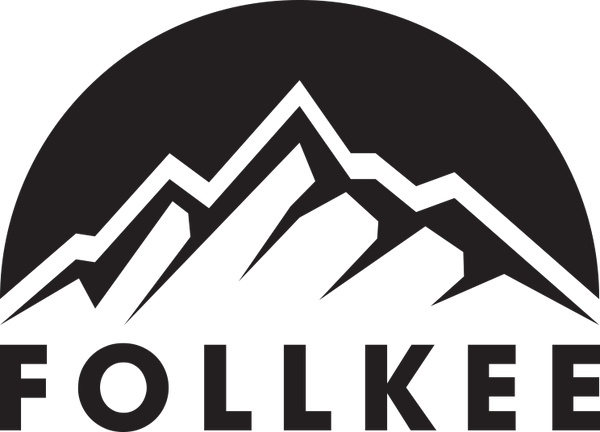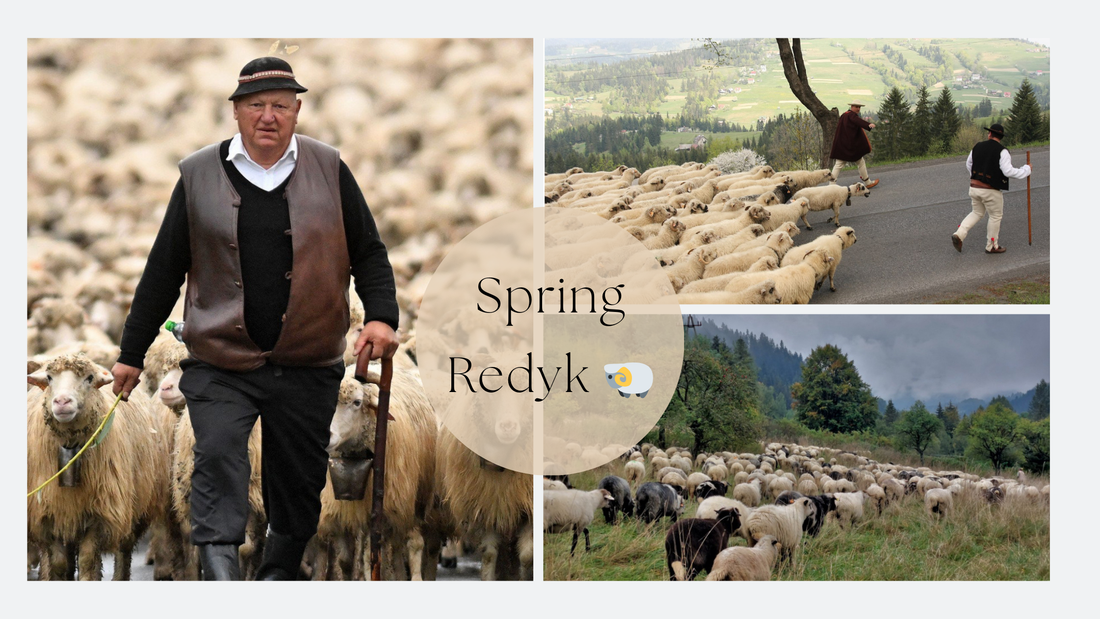Every year, as the chill of winter gives way to the warmth of spring, the highland pastures come alive with tradition and celebration. In the world of shepherding, this seasonal migration of sheep—known as the "redyk"—is much more than a practical endeavor; it’s a vibrant cultural ritual steeped in history.
On April 23, St. Wojciech's Day, sheep are led up to the mountain pastures to graze, marking the beginning of their summer sojourn. The event is a spectacle of colors and customs, with locals participating in age-old ceremonies. This contrasts with the quieter, more subdued autumn return, called "uosod," when the sheep are dispersed back to individual farms.
When the shepherds and their flocks reach the highlands, the traditions take center stage. A ceremonial "holy fire" is ignited in the shepherd's hut, and in the heart of the clearing, a fir branch—known as the "mojka"—and an iron stake are planted. These are symbols of strength and well-being for both the shepherds and their sheep. Then comes the fascinating ritual of "mixing." The flock is herded around the mojka three times, symbolizing the unification of sheep from different farms into one harmonious group.
The shepherd plays a pivotal role during this process, using salt from a "grudziarka" to discipline the flock, while young shepherds guide the sheep with shouts and whistles. According to local superstition, any sheep straying from the flock during this ritual are seen as an omen, hinting at the number of animals that might fall prey to wild predators.
Once the mixing is complete, the flock is settled into the barracks, and a meticulous count begins. For every ten sheep, a mark is etched onto a wooden board—a practical yet traditional method of keeping track. The day concludes with a heartfelt prayer led by the shepherd, invoking blessings for a prosperous season ahead.
The redyk isn't just about sheep—it’s a celebration of connection, harmony, and resilience, bringing together communities to honor the rhythms of nature and the wisdom of tradition. It’s a living testament to the bond between humans, animals, and the land they share.

